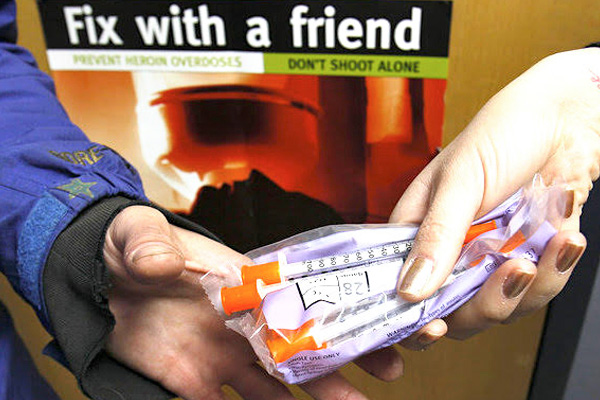Better Safe Than Dead –
August 1, 2019 – But a recent National Bureau of Economic Research paper by Analisa Packham, an NBER fellow and economics professor at Miami University, calls that conventional wisdom into question. Titled “Are Syringe Exchange Programs Helpful or Harmful? New Evidence in the Wake of the Opioid Epidemic,” it finds that the results of these programs can be filed under the law of unintended consequences. In a large survey, encompassing rural, suburban, and urban counties, and adjusting for changes in demographics, Packham found that the programs did, in fact, succeed in lowering HIV rates, by about 18 percent. The problem was everything else they did.
Drug usage rates rose, as did ER visits for overdoses. Arrest rates for drug use increased or stayed the same, meaning that concentrating users around a clinic did not significantly suppress open drug use. And drug related deaths, especially opioid deaths, rose, around 12 percent and 25 percent, respectively.



